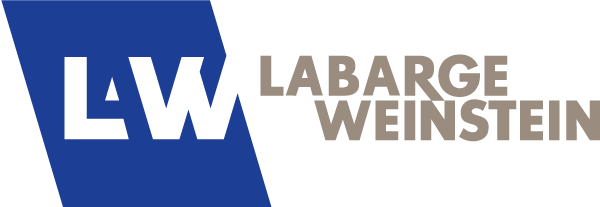Amazon Drones: The Gap Between Vision and Regulation
On Sunday’s 60 Minutes interview, Amazon CEO Jeff Bezos unveiled the company’s plans to offer drone deliveries within 30 minutes, igniting discussion filled with excitement and questions. On the forefront, is the issue of when we can expect to see Amazon’s drones on the horizon.
The current US regulatory framework does not allow for commercial use of drones beyond research and development activities. However, the Federal Aviation Administration (FAA) is currently devising rules for integration of drones into the domestic airspace, with a view to enabling commercial use by 2015. Although the FAA rules will certainly open up the airspace to commercial drones, it has yet to be determined whether the licensing framework will enable applications like Amazon’s which rely on a fast approval process.
The Canadian regime can serve as a cautionary tale for US regulators. Commercial drones are already flying around in Canada, however each individual flight must be approved by Transport Canada. Under the current system, commercial entities must obtain a Special Flight Operations Certificate (SFOC) for each flight. In order to be approved, the applicant must complete a risk assessment and outline steps that will be taken to mitigate the risks to an acceptable level.
In Ontario, it takes about one month to obtain a SFOC, and in Western Canada the approval process can take up to three months – is anyone willing to wait that long for an Amazon delivery? Probably not.
Why does it take so long to obtain approval? Beyond the fact that each individual flight must be signed off on, there is a lack of clear standards on what constitutes an “acceptable level of risk”, which makes it very difficult for both applicants and reviewers to fulfill their roles.
The Canadian regulatory framework is also currently under review, as the UAS Program Design Working Group is set to make recommendations for amending aviation regulations by 2017 – and hopefully in doing so will address the inefficiency problem.
Regulators on both sides of the border will have a difficult task ahead – balancing innovation and safety. Hopefully, the new regulations that are set to come out in Canada and the US in the coming years will not hamper commercial applications like Amazon’s.
Author: Diana Cooper. Read more about Diana’s thoughts on tech law.



